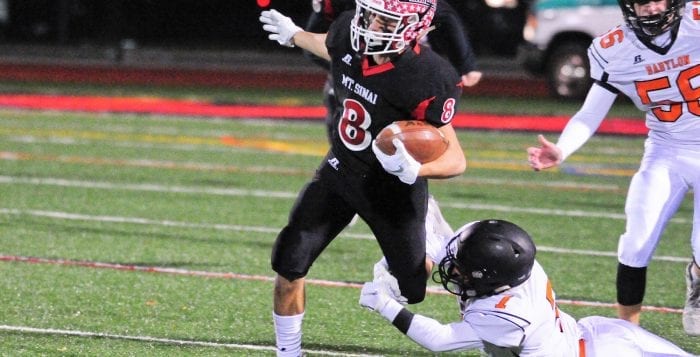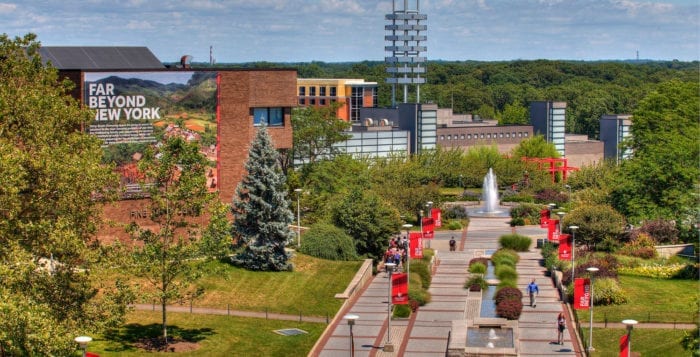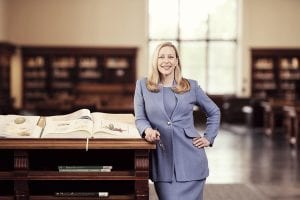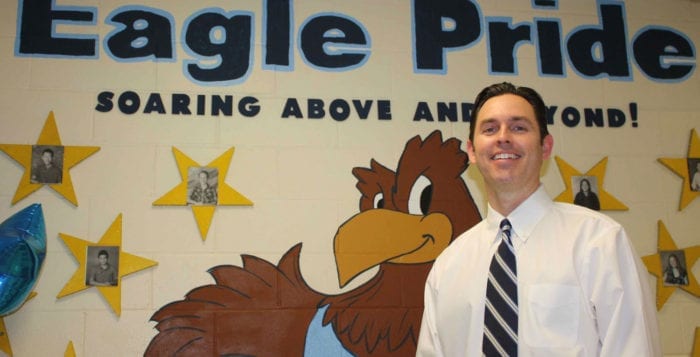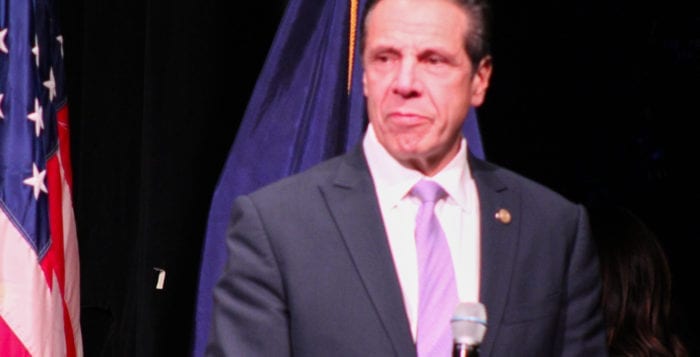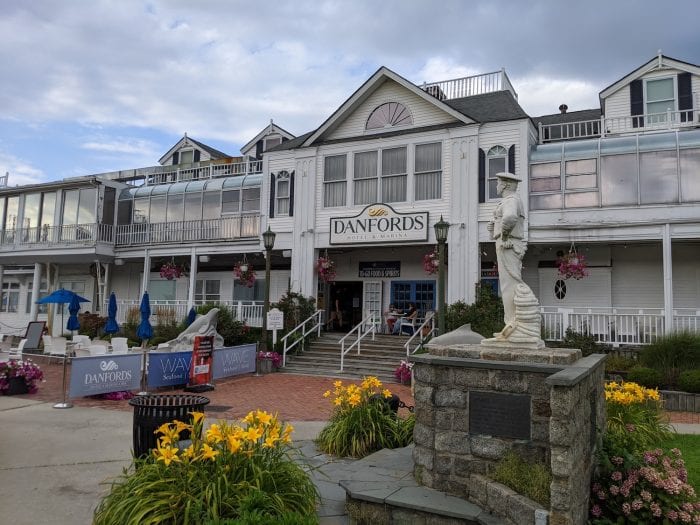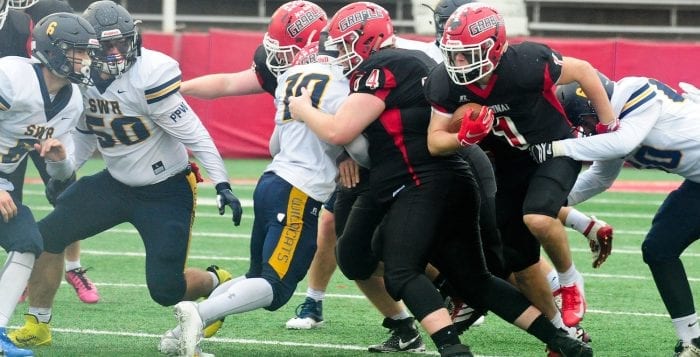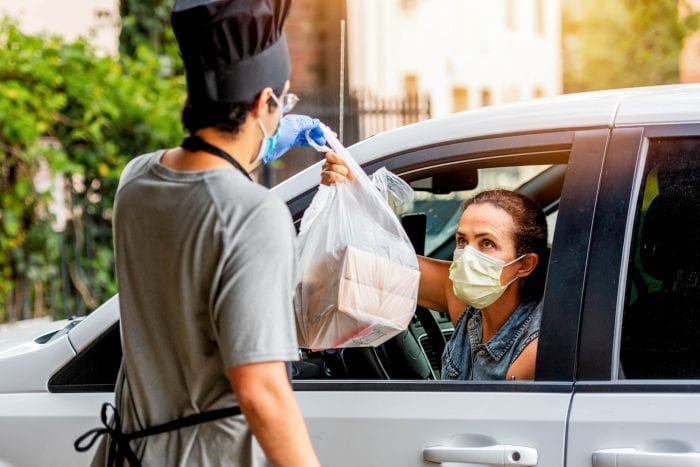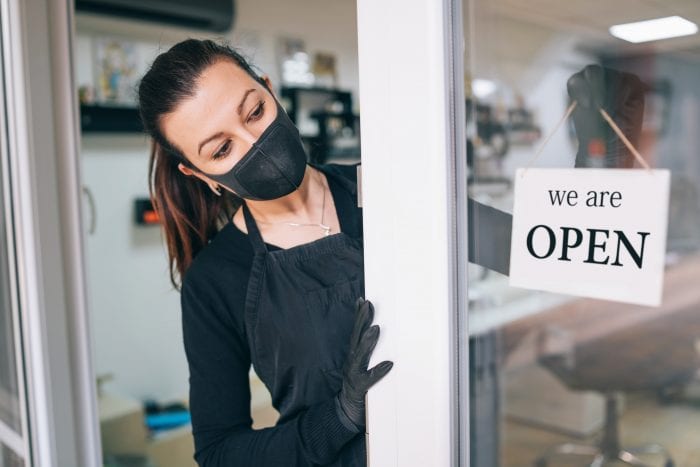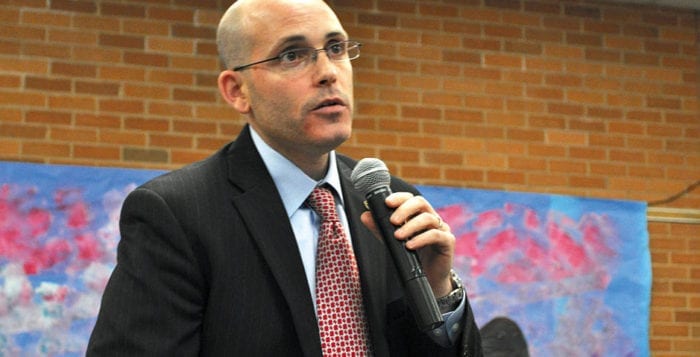Players in Suffolk schools will be hitting the courts and fields come the start of the September sports season … well, some will be.
Gov. Andrew Cuomo announced Aug. 24 that certain sports are allowed to start up Sept. 21, though all leagues must stay in their home region until Oct. 19.
Sports have been divided into what are considered low or high risk. Low risk sports include soccer, tennis, cross county, track, field hockey and swimming. High risk sports would be football, wrestling, rugby, hockey and volleyball. How the distinction between the two was made was up to the New York State Department of Health.
All those sports deemed high risk will be allowed to practice starting Sept. 21 but not to play against other teams until after Dec. 31.
There are still lingering questions about how some sports were determined to be high risk while others remain medium or low. The Department of Health guidance about sports details that a low risk sport is mostly individual activities like running, swimming or golf, or any sport that maintains little cross contamination of equipment. Medium risk sports have more but still manageable interaction between shared equipment (or the ability to clean between use) but with limited ability to maintain distance, which includes sports like baseball, soccer or even flag football. Games that need to have shared contact with equipment like volleyball or games that mandate close confines like wrestling are off the table, at least for the rest of this year.
Not every region will be participating in the fall. Nassau County school officials and Section VIII, which handles Nassau high school sports, have already made the decision this week to postpone all sports until the start of 2021. Meanwhile members of the Section XI board, which governs Suffolk sports, voted to host its sports season as described by the governor’s parameters.
What the exact guidelines for practices and games is still to be determined. Section XI wrote in a release Aug. 26 that the New York State Public High School Athletic Association has already met twice based on Cuomo’s Aug. 24 announcement. The association said it will come up with guidance for school districts to help them get started on their sports seasons.
“Over 200,000 students participate in the fall high school sports seasons and yesterday’s announcement was certainly a positive step for all those athletes,” said NYSPHSAA’s Executive Director Robert Zayas.
There will be several known restrictions for the start of the fall sports season. Indoor facilities can be at no more than 50% occupancy and districts must limit spectators to no more than two spectators per player. This is in addition to the normal masks and social distancing guidelines.
Coaches whose students will be left out of the chance for a fall sports season said it’s a hard pill to swallow. More so because of the vagaries still left for how the sports year will progress after December.
“I am in contact with the kids and I think all they want is a plan — something concrete — whether we play in the fall, or a condensed schedule starting in February,” said Mount Sinai High School Football Coach Vinnie Ammirato. “It would just be nice to get some clarity and a plan.”
Still, he understands why the decision was made.
“Everyone wants to play — with that said we need to keep the health and safety of all the players and coaches at the forefront.”

